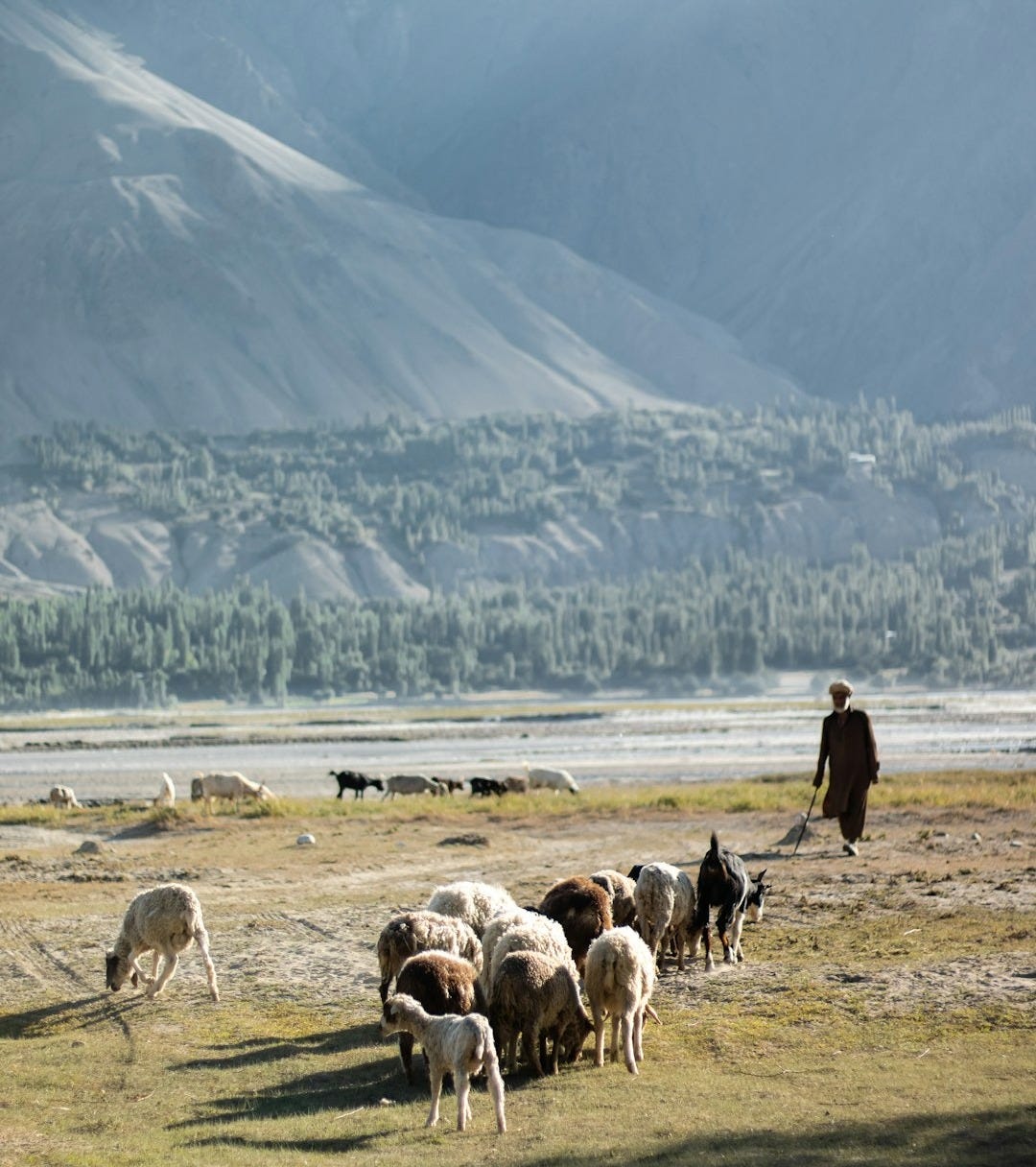The Rainbow Promise: God's Covenant Care for All Living Things.
A reflection on God's promise to Noah, Genesis 9:8-17

Dear friends,
Many of us learned about Noah’s Ark in Sunday school, often pictured with animals marching two by two and a rainbow in the sky. However, Genesis 9:8-17 reveals that God’s covenant following the flood encompasses not only humans but also all living creatures—birds, animals, and all life on Earth. Here, God promises to protect both humanity and the diverse life that shares our planet. The natural world is not just scenery or resources, but part of God's sacred promise.
Considering it was made thousands of years before the emergence of modern conservation science, God promises never again to destroy “all life” or send a flood to wipe out “all living creatures” (verses 11, 15). It is more than just a promise about the weather; it’s a divine vow for life to thrive on Earth. God takes responsibility for us and all things living.
The rainbow acts as the sign of this covenant, but notice who it’s for: God says it’s a sign “between me and the earth” and “between God and all living creatures of every kind on the earth” (verses 13, 16). The rainbow isn’t mainly about comforting anxious humans after storms—it’s God’s reminder to Himself of His promise to protect and nurture all creation. When we see a rainbow, we are witnessing a symbol of God’s everlasting commitment to preserve all of life on this planet.
In this covenant, we are also prompted to be shaped by and respond to the environment. If God has bound Himself by covenant to preserve all living creatures, then those who claim to follow God must align their actions with His values and commitments. We cannot uphold the Noahic covenant while participating in activities that lead to species extinction, destroy vital habitats, or harm the ecosystems that sustain life. Contributing to any of these is to work against God’s own covenantal purpose. On the other hand, when we protect endangered species, preserve wild spaces, restore damaged ecosystems, or advocate for policies that safeguard the Earth, we participate in God’s ongoing commitment to His creation. Creation care isn’t optional for Christians—it’s faithfulness to a covenant that God Himself initiated and maintains.
No longer can we view animals and ecosystems as simply resources for our own human use and exploitation. Genesis 9 reveals something profoundly different: these creatures are covenant partners with God, beings with whom the Creator has established a binding, eternal relationship. A mountain lion, a coral reef, or a forest—these have worth not because they serve human purposes, but because God has made a covenant with them. This truth should fundamentally change how we approach land use, pollution, and development. Every environmental decision becomes a question: Does this action honor or violate the relationships that God has sanctified through this covenant?

As we face unprecedented environmental challenges stemming from various causes, the Noahic covenant presents both a challenge and a source of hope. First, our actions truly matter; they either support or weaken God’s covenantal promise to protect all life. Second, as a covenant people, we are called to reflect God’s character and purposes. The same God who promised to preserve all living creatures continues to sustain and renew them. When we work for restoration, we don’t labor alone. We partner with a covenant-keeping God whose rainbow still arches across the sky as a sign of His unbreakable promise to every living thing. Our calling is clear: to live as people who honor not just the covenant God made with humanity, but the covenant He made with all creation—the birds of the air, the fish of the sea, and every creature that moves along the ground. In doing so, we reflect the heart of a God who looked at the animals leaving the ark and said, in effect, “My covenant is with you, as well.”
How might we partner with God and this covenantal promise?



